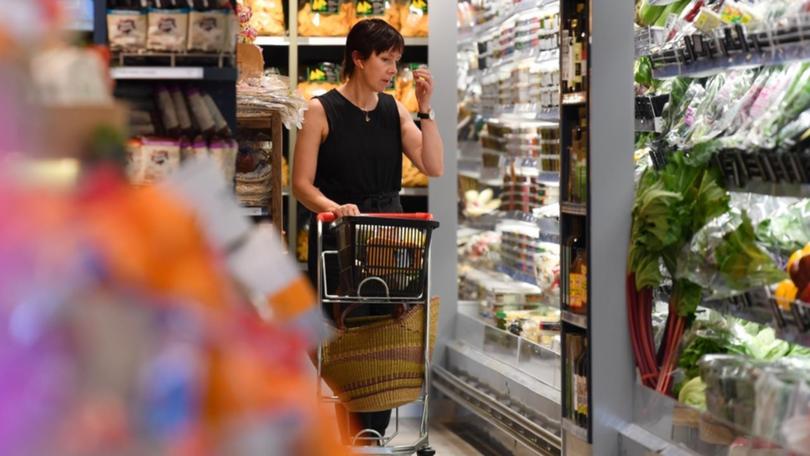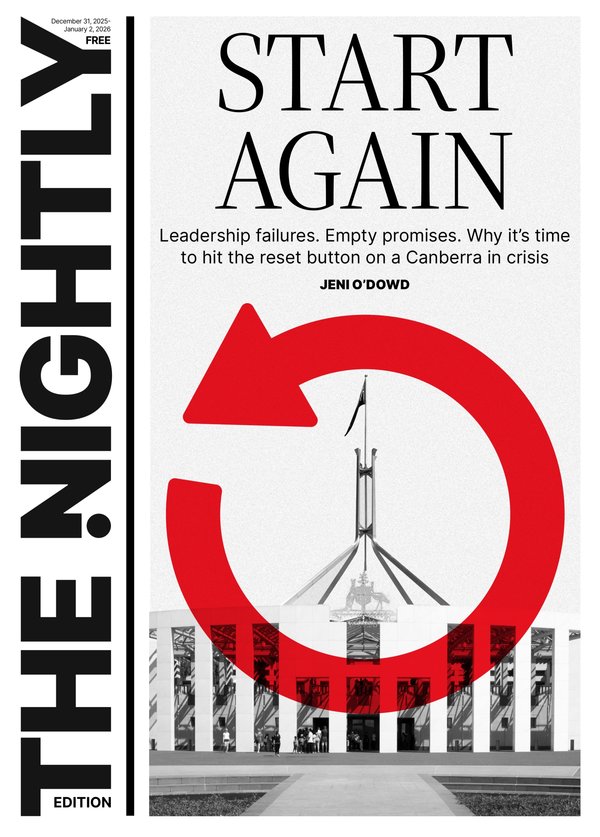Inflation rate holds at 3.4pc in year to January as analysts say RBA’s window for rate hikes narrowing

Inflation has held at a two-year low, suggesting prices as measured are not moving up — a result a touch lower than economists expected, though some say it still leaves the Reserve Bank with a window to hike rates.
The annual inflation rate in the year to January was 3.4 per cent in the year to January, unchanged from the year to December, figures from the Australian Bureau of Statistics on Wednesday show. Economists had expected the rate to tick up slightly to 3.6 per cent.
Food inflation edged higher by 0.4 percentage points to 4.4 per cent, but fresh food, including meat and fruit and vegetables are in deflation. Meat and seafood prices are now 2 per cent lower than at the same time last year.
Sign up to The Nightly's newsletters.
Get the first look at the digital newspaper, curated daily stories and breaking headlines delivered to your inbox.
By continuing you agree to our Terms and Privacy Policy.The major contributors to the overall increase were housing, alcohol and tobacco and insurance. Holiday travel and accommodation price hikes have lost 7.1 per cent, and are also now in deflation.
When volatile items like food and petrol and holidays are excluded, the underlying inflation rate was 4.1 per cent in the year to January, down from 4.2 per cent in the year to December. That measure peaked at 7.2 per cent in December 2022, when headline inflation peaked at 7.8 per cent.
“Despite this better than expected result, we still anticipate increases in inflation in February and beyond to the middle of the year before the downturn re-emerges,” ING regional head of Asia-Pacific research Robert Carnell said.
“And while it is not our base case, this still leaves a narrow window for the RBA to hike one more time if conditions warrant it.”
But Betashares Australia chief economist David Bassanese said the data would reduce the risk of further rate cuts.
“(This) remains consistent with my view that the RBA will have capacity to cut interest rates at least twice in the final months of 2024,” he said.
AMP deputy chief economist Diana Mousina said both measures of inflation were still higher than the RBA would like, which would suggest it will keep rates unchanged.
“The RBA will probably maintain its mild hiking bias, out of concern that any talk of interest rate cuts would lead to a lift in inflation expectations and a renewed lift in inflation,” she said.
The figures released on Wednesday are national and only measure one-third of the items in what’s known as the “CPI basket” — commonly-purchased items monitored for price hikes to calculate the overall inflation rate.
The RBA heavily hiked rates between May 2022 and November 2023 to quash inflation which had reached a three-decade high. Some economists expect rate cuts from 4.35 per cent now as early as September, though others suggest that is too optimistic.
“KPMG maintains our view that the RBA has completed its tightening cycle and will pause again at its next meeting,” the big consultancy’s chief economist, Brendan Rynne said.
The RBA next meets to determine interest rates mid-next month.
“Given the slowing economy, we believe it might reduce the cash rate sooner and faster than currently envisaged,” Dr Rynne said.
Treasurer Jim Chalmers said though inflation moderating was good news, it was preferable it move lower more quickly.
“Inflation is still too high but we are making welcome progress,” he said. “Inflation is moderating in encouraging ways but we know it’s not mission accomplished because people are still under the pump.
“Today’s figures show our policies are taking some of the edge off the cost of living and putting downward pressure on inflation.”
